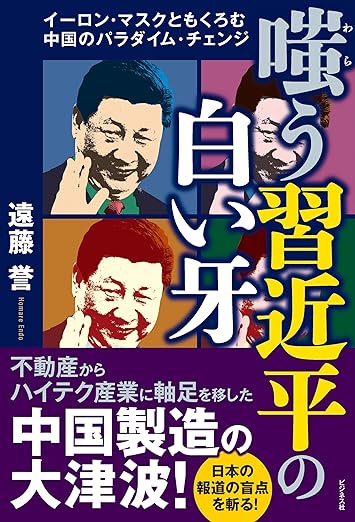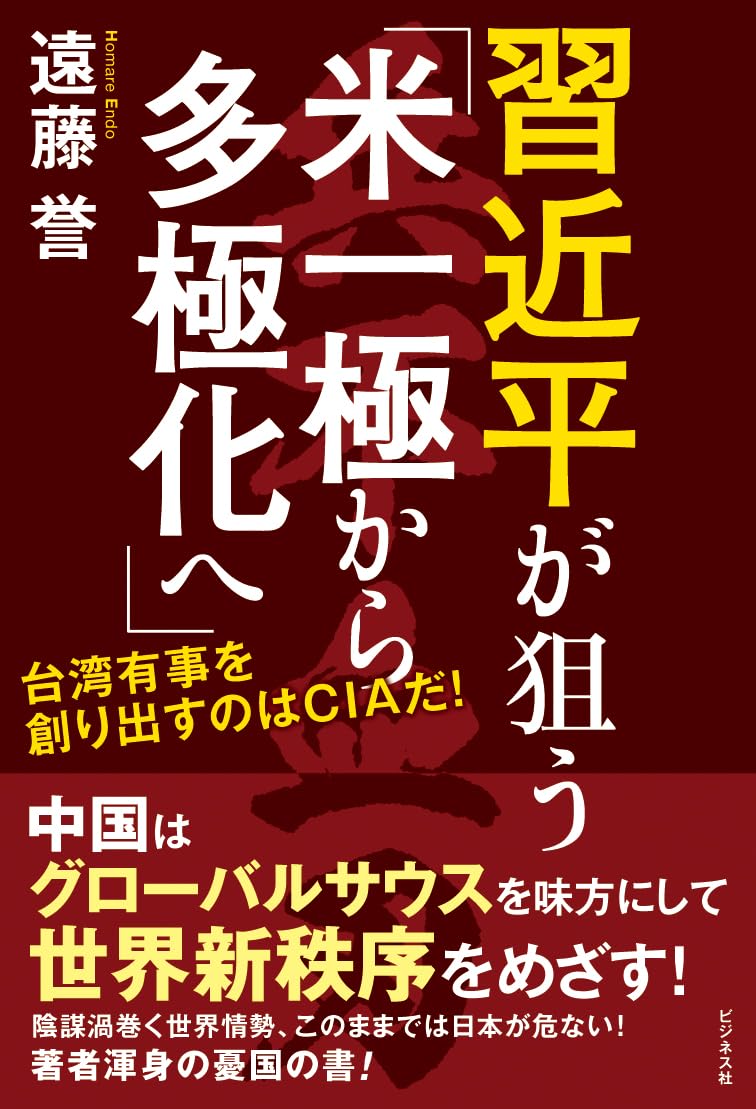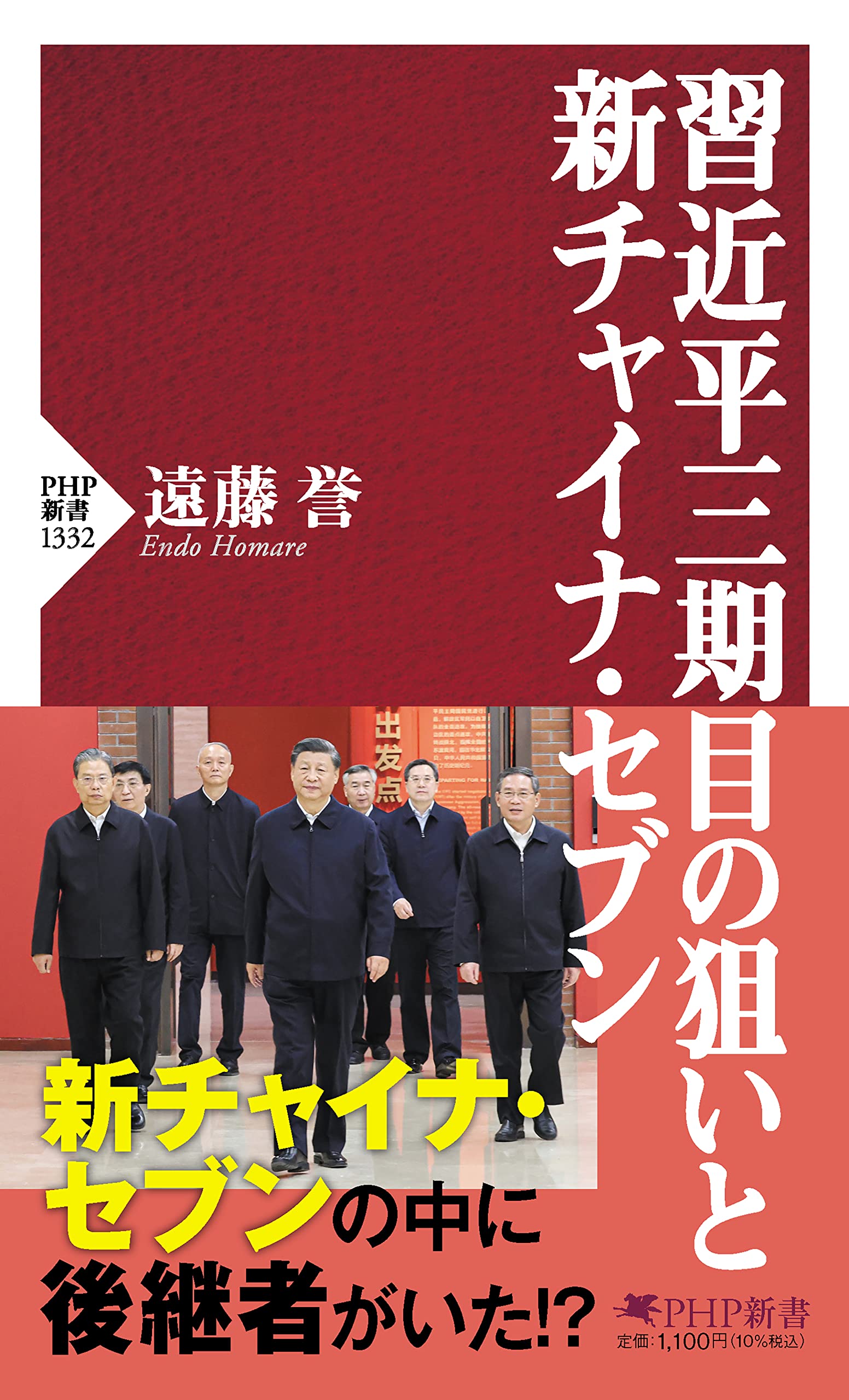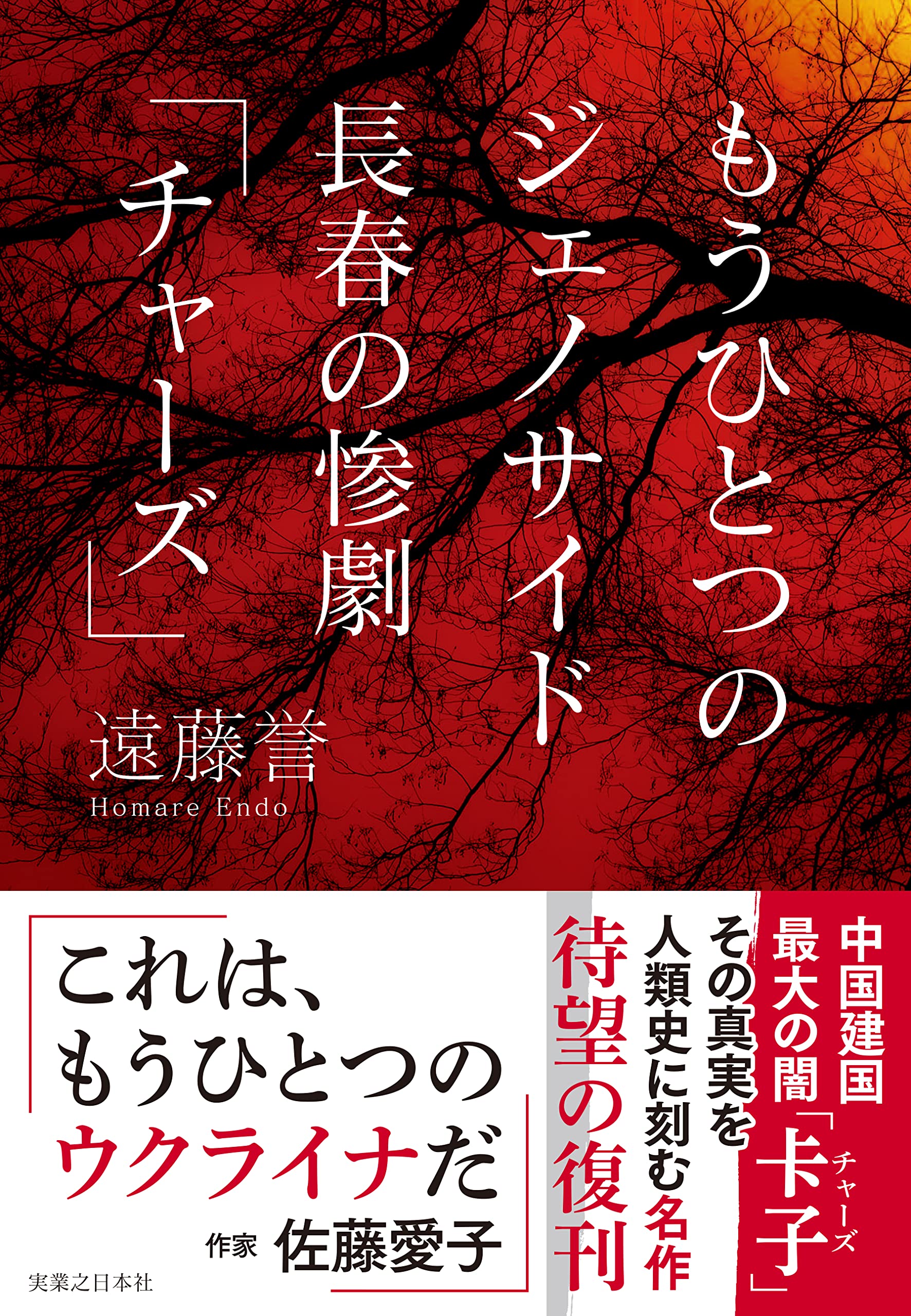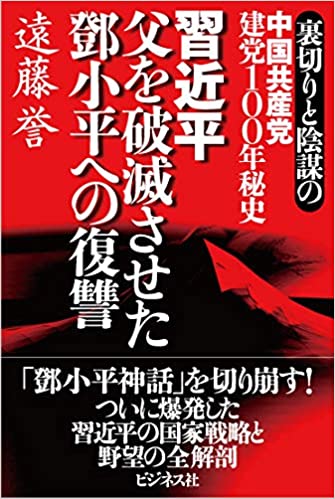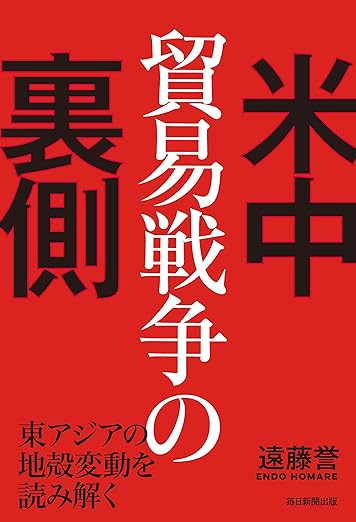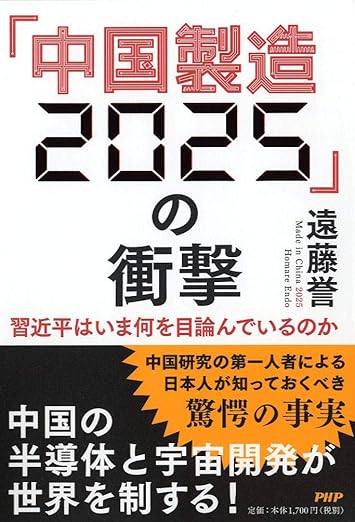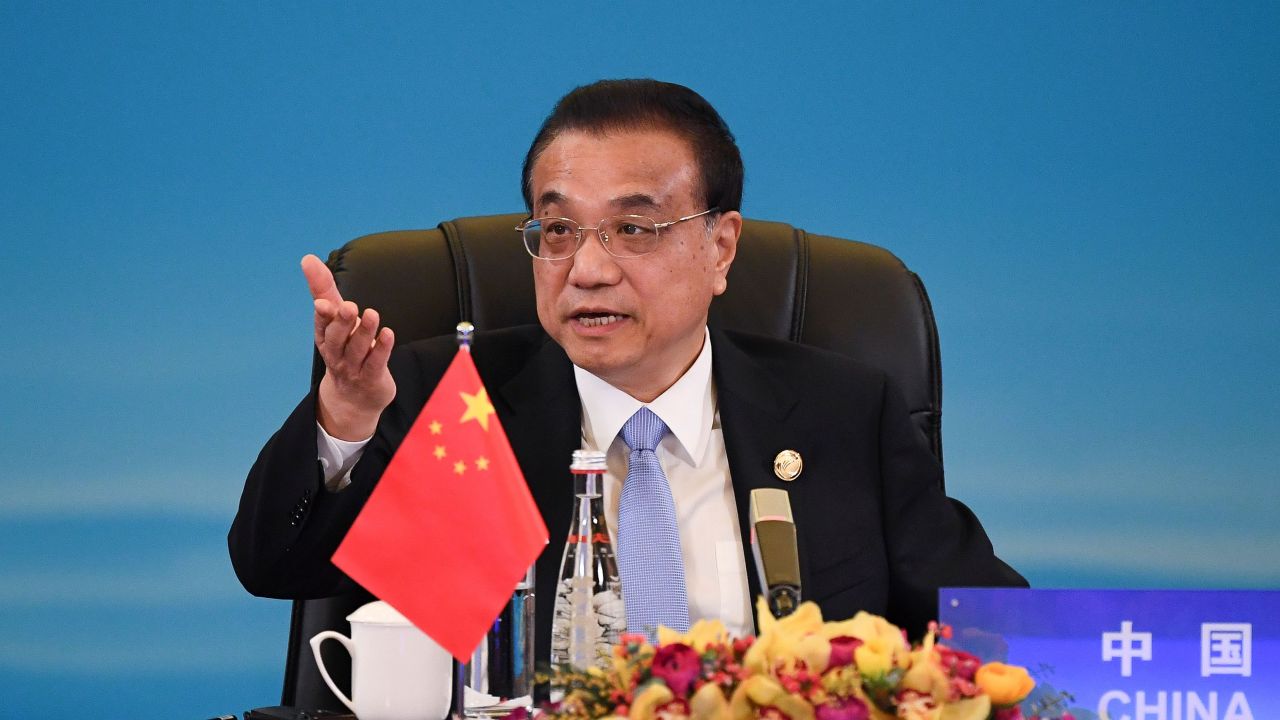
Xi Jinping has only appeared in public twice since he issued “important instructions” on the new coronavirus on January 20. Why? The backdrop to his absence is so serious, Mr. Xi would probably prefer to keep it concealed for the rest of his life. This backdrop is primarily to blame for the spread of the new coronavirus around the world.
Where and what was Xi Jinping up to when he issued his “important instructions?”
President Xi Jinping has made only a few public appearances since the coronavirus outbreak. He first appeared in a meeting with the Director-General of the World Health Organization (WHO), Dr. Tedros Adhanom Ghebreyesus, on January 28 at the Great Hall of the People in Beijing. This was followed on February 5 by a meeting with Cambodian Prime Minister Hun Sen, which was also held at the Great Hall of the People.
Apart from those events, Mr. Xi has not been seen in public. It is Premier Li Keqiang who has appeared more frequently in public, holding meetings and press conferences with Zhong Nanshan, China’s senior medical advisor, by his side.
These are usually circumstances that power struggle theorists would ordinarily pounce on. However, the truth is that the backdrop to these events could prove fatal to Xi Jinping.
From early on, plans had been set for Xi Jinping to make an official visit to Myanmar from January 17 to 18, and tour Yunnan Province from January 19 to 21. It would not be easy to cancel a visit to a foreign country unless there was a fairly serious reason. Nor would it be easy to change the route for the Yunnan tour, unless there was something fairly serious, given the need for police escorts, security of trains and so forth.
Even with this understanding, as I wrote in my January 24 column “Why did it take Xi Jinping so long to deal with the novel coronavirus?,” the Shanghai Public Health Clinical Center had clearly determined on January 5 that the pathogen was a “new strain of coronavirus” that had never been seen before. Considering these circumstances, Mr. Xi must have known that it was imperative that he put China on full alert against this public health threat.
However, we can only say that Mr. Xi mistakenly believed the appeasing message put out by the Wuhan authorities, when they said that “the problem was solved and the situation was under control.” Based on this belief, Mr. Xi did not take seriously the earnest warnings of the doctors and immunologists on the frontline, which I will describe in the following paragraphs.
As a result, Mr. Xi set out on his trip to Myanmar and Yunnan Province on January 17, when the situation had already entered a crisis stage, leaving Premier Li fully in charge of political affairs in Beijing.
Ordinarily, China operates under the following basic rule. When the President is absent from Beijing, the Premier of the State Council remains in the city, and when the Premier of the State Council is absent from Beijing, the President remains in the city. Therefore, it was standard procedure for Li Keqiang to remain in Beijing.
However, Mr. Xi must have believed what he was told by the Wuhan government, which tried to appease Beijing based on the outrageous notion that “all is well, as long as Beijing is satisfied with us for the time being.” Mr. Xi did not take seriously the warnings issued by the experts at the Shanghai Public Health Clinical Center. That is why Mr. Xi departed China for his trip to Myanmar without recognizing that the public health situation was “fairly serious.”
This means that Mr. Xi made a crucial error of judgment on a national emergency.
Mr. Xi cannot fall back on the excuse that he had no other choice because he was preoccupied with foreign diplomacy. Notably, Mr. Xi spent a whole 3 days visiting nearby Yunnan Province to mark the Chinese Lunar New Year on his way back from Myanmar.
Please take a look at the media coverage of Mr. Xi in celebration mode from January 19 to 21 in Yunnan Province, as reported by Xinhuanet. His trip was also covered by Chinanews.com. There was also some video coverage in the Tibet News, as well as a photo of Mr. Xi touring various sites in a vehicle to celebrate the Chinese Lunar New Year.
All of this coverage shows Mr. Xi in a festive mood.
Should Mr. Xi really have been enjoying a Chinese Lunar New Year tour around the time that he issued “important instructions” on the new coronavirus on January 20?
But that’s not the whole story.
After his visit to Yunnan Province on January 21, Mr. Xi visited former president Jiang Zemin to offer New Year’s Greetings. This event was reported in the media in a strange way.
Xinhuanet has added some creative twists to its reporting.
It reports the following: “On the eve of the Chinese Lunar New Year, the leaders of the Communist Party and the State, including Xi Jinping as the General Secretary of the Communist Party of China, the President of the People’s Republic of China and the Chairman of the Central Military Commission, all greeted their elder comrades individually such as Jiang Zemin, Hu Jintao, and Zhu Rongji, or entrusted other parties to greet each of them on their behalf. They shared the festive spirit of the Chinese Lunar New Year with their elder comrades and expressed their wishes for their comrades’ health and longevity.”
In other words, the reporting is written so as to leave the following aspects vague and unclear:
- From the reporting, you cannot tell whether Xi Jinping actually went to meet Jiang Zemin or whether Mr. Xi requested a proxy to convey his greetings to Mr. Jiang on his behalf.
- Jiang Zemin is usually in Shanghai. From this reporting, you cannot tell whether Xi Jinping stopped by Shanghai on his way back from Yunnan Province, or whether Mr. Zemin “happened” to be in Beijing. Therefore, even if Mr. Xi went to greet Mr. Jiang in person, it is unclear whether they met in Beijing or in Shanghai.
In any case, even when “important instructions were issued under the authority of President Xi Jinping on January 20,” it is certain that China’s top leaders visited their elder comrades, such as Jiang Zemin, to offer New Year’s greetings all at once on January 21.
This was no time to be doing such a thing.
The information I have provided here may eventually be deleted, so I encourage those of you who are interested to download the information linked to this article, particularly the information that has been published by the Chinese side up to this point.
For your reference, scenes of Xi Jinping in Myanmar can be viewed here. This too may become subject to deletion.
How were the “important instructions” issued?
How, then, were the “important instructions” issued?
Li Keqiang was looking after Beijing in the absence of Xi Jinping. Mr. Li had been monitoring trends surrounding the outbreak of pneumonia with an unknown cause in Wuhan. To do so, he had been working closely with Sun Chunlan, Vice Premier of the State Council (responsible for public health and hygiene, as well as education, physical education and related fields), and partners such as the National Health Commission and the Chinese Center for Disease Control and Prevention.
A full timeline of these events would be too long to provide in this article, so I’ve identified only the main events and listed them in chronological order below. Some of these events overlap with those mentioned in my previous column, “Why did it take Xi Jinping so long to deal with the novel coronavirus?”
- December 8, 2019: The first patient (pneumonia with an unknown cause) was identified in Wuhan.
- December 26, 2019: As part of routine sample collections, a scientific testing project at the Shanghai Public Health Clinical Center obtained samples of febrile patients from its project partners, Wuhan Central Hospital and the Wuhan Center for Disease Prevention and Control, and conducted a detail test on them.
- December 29, 2019: Dr. Zhang Jixian, the director of respiratory and critical care medicine at Hubei Hospital of Integrated Traditional Chinese and Western Medicine observed that a large cluster of workers at a seafood market in Wuhan had contracted a similar type of pneumonia. Dr. Zhang reported her observation to Hubei Province and Wuhan municipal health commissions’ centers for disease prevention and control.
- December 30, 2019 (5 p.m.): Dr. Li Wenliang, an ophthalmologist at Wuhan Central Hospital, wrote in a private group chat that “7 confirmed SARS (SARS-like) cases were reported from Huanan Seafood Market in Wuhan.”
- December 30, 2019 (8 p.m.): Xie Linka, a doctor in the oncology department of Wuhan Union Hospital, wrote the following message in a private group chat: “Don’t go to the Huanan Seafood Market. Lots of SARS-like cases have been reported from there.” As with Dr. Li’s report, the post was written for a private group of fellow doctors. However, it was leaked to the public, and it spread rapidly throughout China.
- December 31, 2019 (2 p.m.): In response to growing rumors circulating on the Internet, the Wuhan Municipal Health Commission announced the following: “We have received reports of an outbreak of pneumonia with an unknown cause, and the outbreak is linked to the Huanan Seafood Market. There are 27 cases, including 7 people who had developed severe symptoms but are recovering and have been released from hospital. However, there is no ‘person-to-person’ transmission or transmission to doctors. Therefore, ‘the disease is preventable and under control’.”
- December 31, 2019: A meeting of the Standing Committee of the Wuhan Municipal Government was held, but no mention was made of the pneumonia with an unknown cause.
- January 1, 2020: The National Health Commission of the central government in Beijing set up a disease control group (Leadership Group) led by Director Ma Xiaowei of the National Health Commission. The Group attempted to visit Wuhan to investigate the situation.
- January 1, 2020: However, on the same day, the Wuhan Public Security Bureau’s official Weibo account, @PeacefulWuhan, reported that doctors in Wuhan had published and circulated untruthful information that had disturbed public order. It also reported that the public security organs had summoned and exposed 8 persons in connection with these events.
- January 5, 2020: The Shanghai Public Health Clinical Center (as well as collaborators at Fudan University and others) determined that the pathogen behind the pneumonia of unknown cause in Wuhan was a “new strain of coronavirus” that had never been seen before.
- January 6, 2020: The Wuhan government holds the Wuhan lianghui (“2 meetings”), after determining that the problem was resolved.
- January 10, 2020: The Wuhan lianghui closed. Dr. Wang Guangfa, who heads the departments of pulmonary medicine and critical care at Peking University First Hospital and was a member of a team of experts formed by the National Health Commission, responded to media inquiries from the Xinhua News Agency by stating that “the disease can be brought under control.” This was because when Dr. Wang visited Wuhan, the Wuhan government selectively showed him only “safe” medical charts, while hiding medical charts that indicated person-to-person transmission. The first team of experts visited Wuhan on January 30, 2020.
- January 17, 2020: On the day that the Hubei Province lianghui was declared to have “closed victoriously,” 5 new patients were reported in Zhejiang Province. In response to this information, Zhong Nanshan, an 84-year old Academician (academic title considered to be above “Dr.”) and China’s top medical expert who sounded the alarm during the SARS outbreak, once again issued a warning. The National Health Commission then formed the “highest-level expert group,” led by Dr. Zhong, and instructed the group to visit Wuhan.
- January 18, 2020 (Night): Zhong Nanshan, who was in Shenzhen, Guangdong Province, headed to Wuhan via high-speed rail, as he was unable to purchase an airline ticket.
- January 19, 2020: The highest-level expert group, led by Zhong Nanshan, arrived at Wuhan. Dr. Zhong visited Wuhan Union Hospital, where his fellow doctors had reported cases, not the Wuhan government. In an instant, Dr. Zhong perceived that there was person-to-person transmission. The group turned right around to Beijing to report the situation to the National Health Commission. The Director of the National Health Commission reported the matter to Sun Chunlan, Vice Premier of the State Council. Vice Premier Sun reported the matter to Premier Li Keqiang. All of these leaders, together with Zhong Nanshan, determined that there was a public health emergency. They reported the emergency to Xi Jinping, who was celebrating the Lunar New Year in Yunnan Province. Through this process, they were finally able to make Mr. Xi aware of the gravity of the situation. Those are the events that led up to the issuance of “important instructions” under the authority of President Xi Jinping.
Li Keqiang’s Endeavors
I believe that you now have a fuller picture of events.
Li Keqiang, who had looked after Beijing in Mr. Xi’s absence, immediately held a meeting of the Standing Committee of the State Council on January 20, the same day, and issued emergency measures. Who should be sitting next to Li Keqiang but Zhong Nanshan, with a stern expression on his face.
Although we assume that Li Keqiang was taking action with the consent of Xi Jinping, it was Li Keqiang who instructed Sun Chunlan to visit Wuhan on January 22.
Xi Jinping finally convened the Politburo Standing Committee in Beijing on January 25. At this time, Mr. Xi ordered the creation of the “novel coronavirus disease protection and control group” (Leadership Group) and named Li Keqiang as its leader. On the same day, Mr. Li held the first Leadership Group meeting. On January 27, Mr. Li entered Wuhan, emphasizing that he was entrusted by Xi Jinping to lead efforts to fight the disease in the city.
Interpretations of Mr. Li’s assignment to Wuhan have been mixed. Some power struggle theorists see this as part of a contest for power by Mr. Xi, who entrusted Mr. Li with a risky and dangerous job. Some media outlets tend to praise Mr. Xi for doing a good job. However, we must not lose sight of the facts of what is actually happening.
In these circumstances, there is no way that Mr. Xi would mention that the initial response was too late.
Mr. Xi is likely to forever conceal the truth of the initial response to the new coronavirus.
Xi Jinping has not appeared in public since he issued important instructions on the new coronavirus. This absence from the public spotlight is intended to dilute the appearance that he was on a trip to Myanmar and participating in Chinese Lunar New Year celebrations in Yunnan during this critical period. It is also intended to dilute the impression of the fact that he was not physically present in Beijing when he issued important instructions on January 20. His subsequent absence after January 20 is a diversionary tactic designed to convey the impression that “it was not unusual for Mr. Xi to be absent from Beijing on January 20.”
Considering all aspects of the situation, Xi Jinping is to blame for opening the doors to a pandemic. I would like to sound an alarm—Japan’s media is looking for the facts in all the wrong places.
Also, the Cabinet of Prime Minister Shinzo Abe seeks to invite President Xi Jinping as a state guest to Japan. I would like to call the Abe cabinet’s attention to this matter and let them know that “They must absolutely not allow this to happen. Look directly at the facts.”
(This piece was originally published by the author on Yahoo! News.)
カテゴリー
最近の投稿
- 中国の「高市非難風刺画」は「吉田茂・岸信介」非難風刺画と同じ――そこから見える中国の本気度
- 中国の高圧的な日本叩きに対して日本が持っているカード
- 高市発言に習近平はなぜここまで激怒するのか? 日本は台湾問題を口実にせず防衛力に戦略を
- Japan’s Strategic Turn and Taiwan’s New Centrality in Indo-Pacific Deterrence
- 中国の第15次5カ年計画の建議に見る政治経済の転換:成長のナラティブから安全保障を基軸とした統治へ
- Trump Proclaims the U.S. Can Be Stronger by Working with China as Opposed to Just Knocking Them Out — War Could Be Avoidable!
- 茂木外相の「中国側に適切な対応を求める」対薛剣措置はペテン? まもなく薛剣の任期満了を知っているはず
- 薛剣・大阪総領事に問う:毛沢東や周恩来は「尖閣諸島は日本の領土」とみなしていたのをご存じか?
- 中国の台湾に対する言論攻勢:言葉が主権になるとき
- 特朗普表示“不是打倒中国,而是通过合作让美国更强大”! 这样或许能避免战争!




